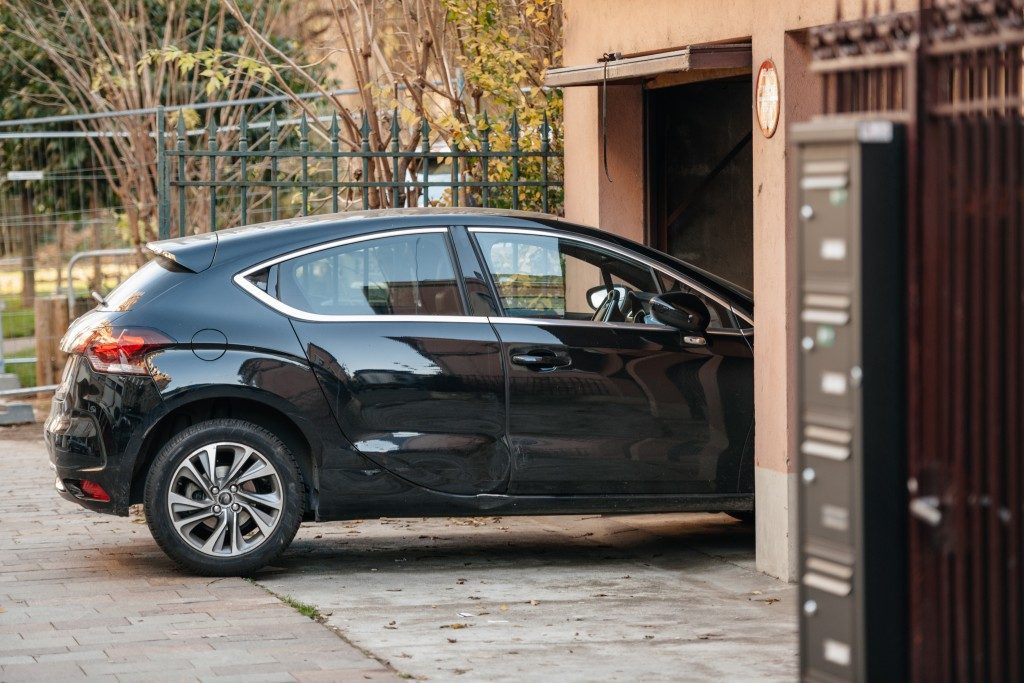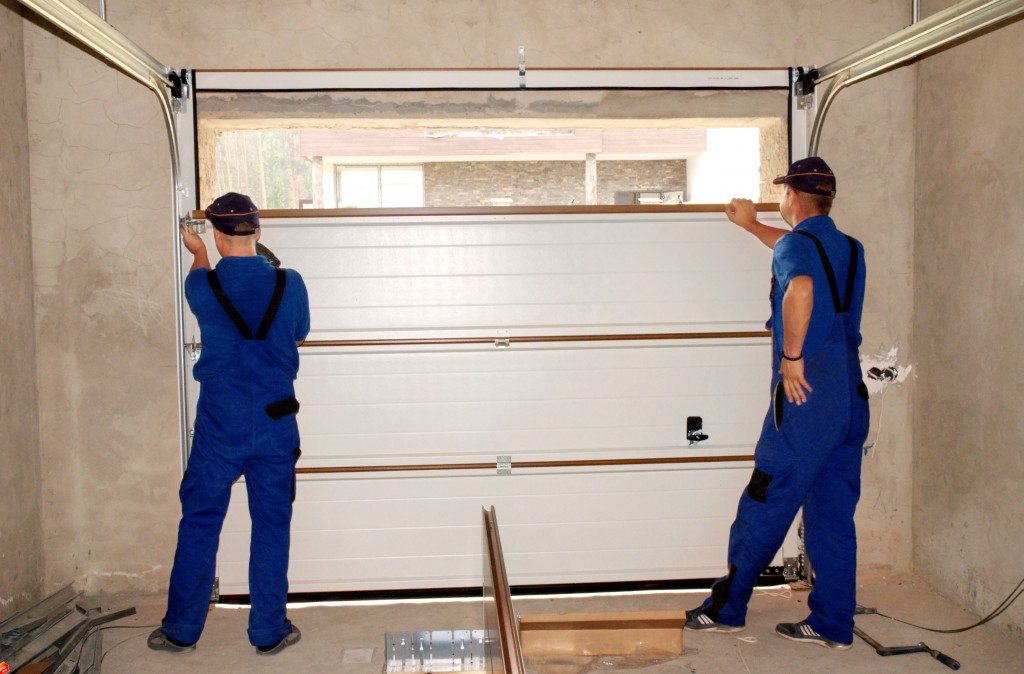Perhaps you want more space in your home that you can use as a workshop, storage, home gym, home office, play area for the kids or a guest room. Or maybe you are just tired of always getting wet as you run to and from your car and home on rainy days.
But before you call in a contractor for home additions in Utah to build a garage addition in your house, you should make these crucial decisions first.
Freestanding vs. Attached Garage
Do you want a detached structure or a garage attached to your house? An attached garage is typically more affordable and convenient. You will not get drenched on rainy days, and it is easier for you to use some of the space as a laundry area, workshop, etc. It is also more secure.
On the other hand, a detached or freestanding garage offers distinct benefits, particularly if you incorporate a breezeway connector as shelter from the elements. A detached garage will also help keep dust, noise and exhaust fumes out of your home.
Code and Zoning Restrictions
For starters, you need to determine if it is physically possible to build a garage addition on your land. You also need to confirm with the local planning department how close you could construct to your property’s edges. You have to figure out if there are special restrictions concerning garage additions. For instance, some neighborhoods require more space on setbacks that have side doors.
It is also vital to note that local guidelines might likewise govern roof or wall height, driveway design, as well as the percentage of total amount of land you could cover with pavement, roofs and other impervious surfaces.
Size of Your Garage
In the past, the standard garage size was about 12 feet by 18 feet. As vehicles become wider and longer, however, the most recommended garage size these days is approximately 14 feet by 20 feet.
Traffic and Access
 Do not forget that you will need a driveway for your garage addition. Aim for at least a 10-foot wide, single-car driveway or up to 14 feet in the event that there are obstructions on the sides that might scrape your car doors when opened. If you are building a two-car garage, the driveway should be about 20 feet by 24 feet if there are obstructions on the sides.
Do not forget that you will need a driveway for your garage addition. Aim for at least a 10-foot wide, single-car driveway or up to 14 feet in the event that there are obstructions on the sides that might scrape your car doors when opened. If you are building a two-car garage, the driveway should be about 20 feet by 24 feet if there are obstructions on the sides.
Likewise, if you are planning on parking in front of your new garage, make sure there is at least 20 feet between your garage door and the sidewalk. In addition, even if you are not required to have a turnaround, building one is a great idea, especially if your street is busy or you are planning to build a long driveway. Preferably, you need a turnaround of at least 10 feet by 12 feet in size.
When planning to build a garage addition, you need to take into account its size, whether you want a detached or separate garage, access, traffic, as well as zoning and building restrictions. Do not forget how your new garage will relate to your home’s architecture.

